The Almighty Pharaohs: Unlocking the Sacred Mysteries of Ancient Egypt’s 3,000-Year Dynasty
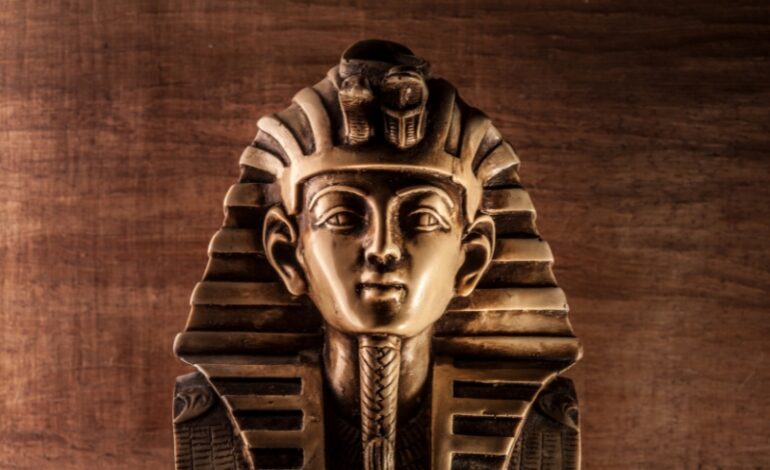
The ancient Egyptian civilization stands as one of the most captivating and enduring legacies in human history, and at the heart of this remarkable legacy lie the enigmatic figures of the pharaohs. These divine rulers, believed to be living gods on Earth, have long captured the imagination of scholars, archaeologists, and the general public, their stories and accomplishments echoing through the ages and continuing to inspire awe and wonder.
The Ascent of the Pharaohs: From Unification to Absolute Power
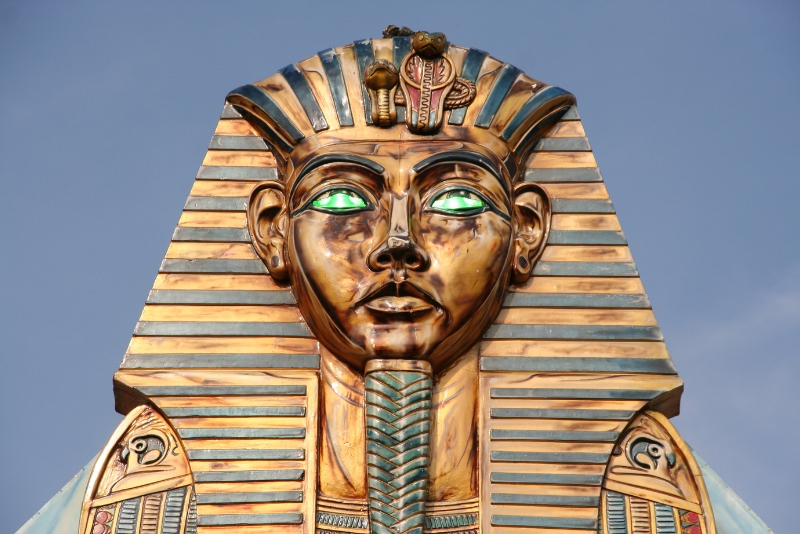
The origins of the pharaonic system can be traced back to the unification of Upper and Lower Egypt around 3100 BCE, when the first pharaoh, Menes, consolidated the two kingdoms under his rule. This pivotal moment ushered in the dynastic period, a span of over three millennia during which a succession of royal families would govern the Egyptian empire with unwavering authority.
The pharaohs were revered as living deities, believed to be the earthly embodiment of the sun god Ra. This divine status granted them absolute power, allowing them to wield supreme control over the government, military, religious institutions, and the economy. The people of ancient Egypt were expected to show unquestioning loyalty and obedience to their god-king, the pharaoh’s word serving as the ultimate law.
The Grandeur of the Pharaohs: Monumental Architecture and Lavish Burials
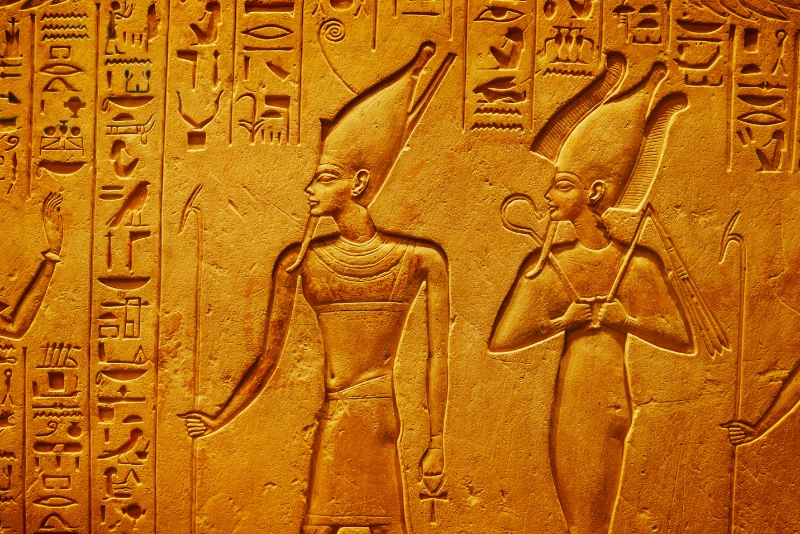
The pharaohs’ divine status and immense wealth were reflected in the breathtaking monuments and architectural wonders they commissioned throughout their reign. From the iconic pyramids of Giza to the colossal temples of Luxor and Karnak, these awe-inspiring structures served as both physical and symbolic representations of the pharaohs’ power and influence, showcasing the ingenuity, resources, and sheer determination of these remarkable rulers.
The burial customs of the pharaohs were equally grandiose and extravagant. Upon their death, the rulers were mummified and entombed in vast, elaborately decorated tombs, often accompanied by a staggering array of treasures, artwork, and even servants and animals to serve them in the afterlife. The most famous example of this is the tomb of Tutankhamun, discovered in 1922 by Howard Carter, which contained over 5,000 artifacts, including the iconic golden mask of the young pharaoh.
The Enigmas of the Pharaohs: Legendary Rulers and Mysterious Figures
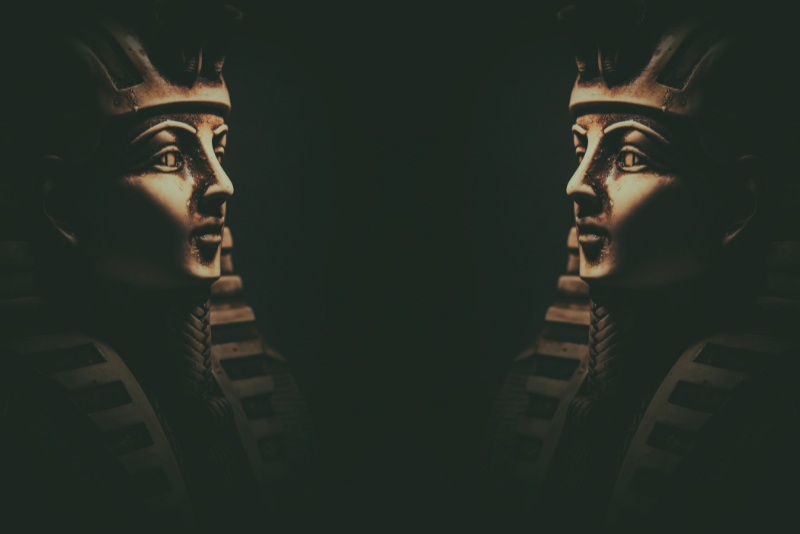
Alongside the legendary pharaohs whose names have been etched into the annals of history, the pharaonic lineage is also marked by numerous enigmas and mysteries that continue to captivate researchers and the public alike. The sudden disappearance of Nefertiti, the powerful queen and wife of Akhenaten, and the untimely death of Tutankhamun, whose reign was cut short at the age of 18, have sparked countless theories and speculation, fueling our ongoing fascination with the secrets of the pharaohs.
These enigmas, coupled with the stories of iconic rulers like Khufu, the builder of the Great Pyramid, and Ramses II, the “Great Ancestor” renowned for his military prowess and extensive building projects, have cemented the pharaohs’ status as some of the most captivating and enduring figures in human history.
The Enduring Legacy of the Pharaohs: Inspiring Awe and Wonder in the Modern World
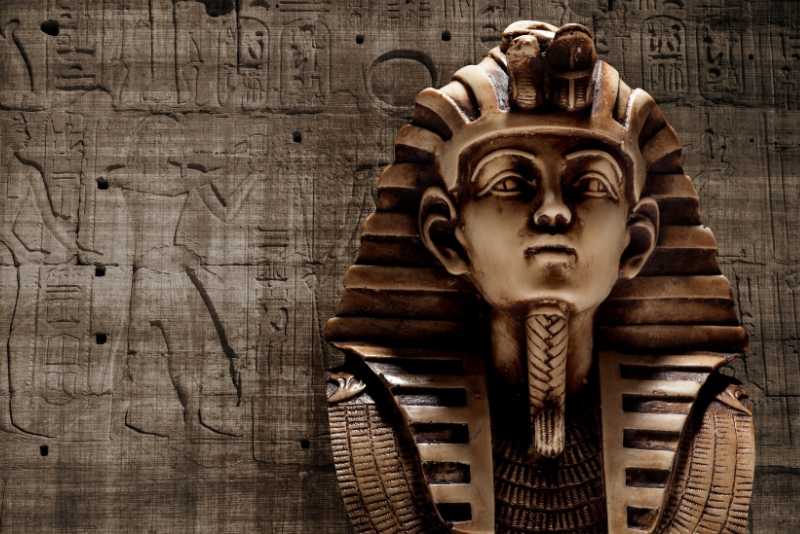
Even in the modern era, the legacy of the pharaohs continues to captivate and inspire people around the world. The monumental achievements of these divine rulers, from their impressive architectural feats to their sophisticated religious and cultural practices, have left an indelible mark on the collective human consciousness.
The ongoing discovery of ancient Egyptian artifacts and the excavation of archaeological sites have only served to deepen our appreciation for the pharaonic civilization. From the breathtaking treasures of Tutankhamun’s tomb to the intricate hieroglyphic inscriptions that offer glimpses into the daily lives of the ancient Egyptians, each new finding serves to unravel the mysteries of the past and expand our understanding of this captivating civilization.
Moreover, the enduring fascination with the pharaohs has also given rise to a thriving cultural industry, with countless books, movies, and television series exploring the lives and legacies of these legendary rulers. The popularity of these works, in turn, has fueled a renewed interest in ancient Egyptian history, inspiring a new generation of scholars, explorers, and enthusiasts to delve deeper into the rich tapestry of this remarkable civilization.
Conclusion: The Eternal Allure of the Pharaohs
The pharaohs of ancient Egypt, with their divine status, absolute power, and lavish lifestyles, have long captured the imagination of people across the globe. From the awe-inspiring monuments they commissioned to the enigmatic mysteries that continue to surround their legacies, the pharaohs have left an indelible mark on the world, their stories and accomplishments echoing through the ages and continuing to inspire wonder, curiosity, and reverence in the modern era.
As we continue to unravel the secrets of the pharaohs, it becomes increasingly clear that these remarkable figures were not merely historical figures, but living embodiments of the grandeur, complexity, and enduring legacy of the ancient Egyptian civilization. Their influence and allure will undoubtedly continue to captivate and inspire people for generations to come, ensuring that the story of the pharaohs will forever be etched into the annals of human history.








![Top 5 Most Powerful Mysterious Creatures Of All Time[Updated 2024]](https://newsdailybeats.com/wp-content/uploads/2024/06/mystery-creatures-1.jpg)
